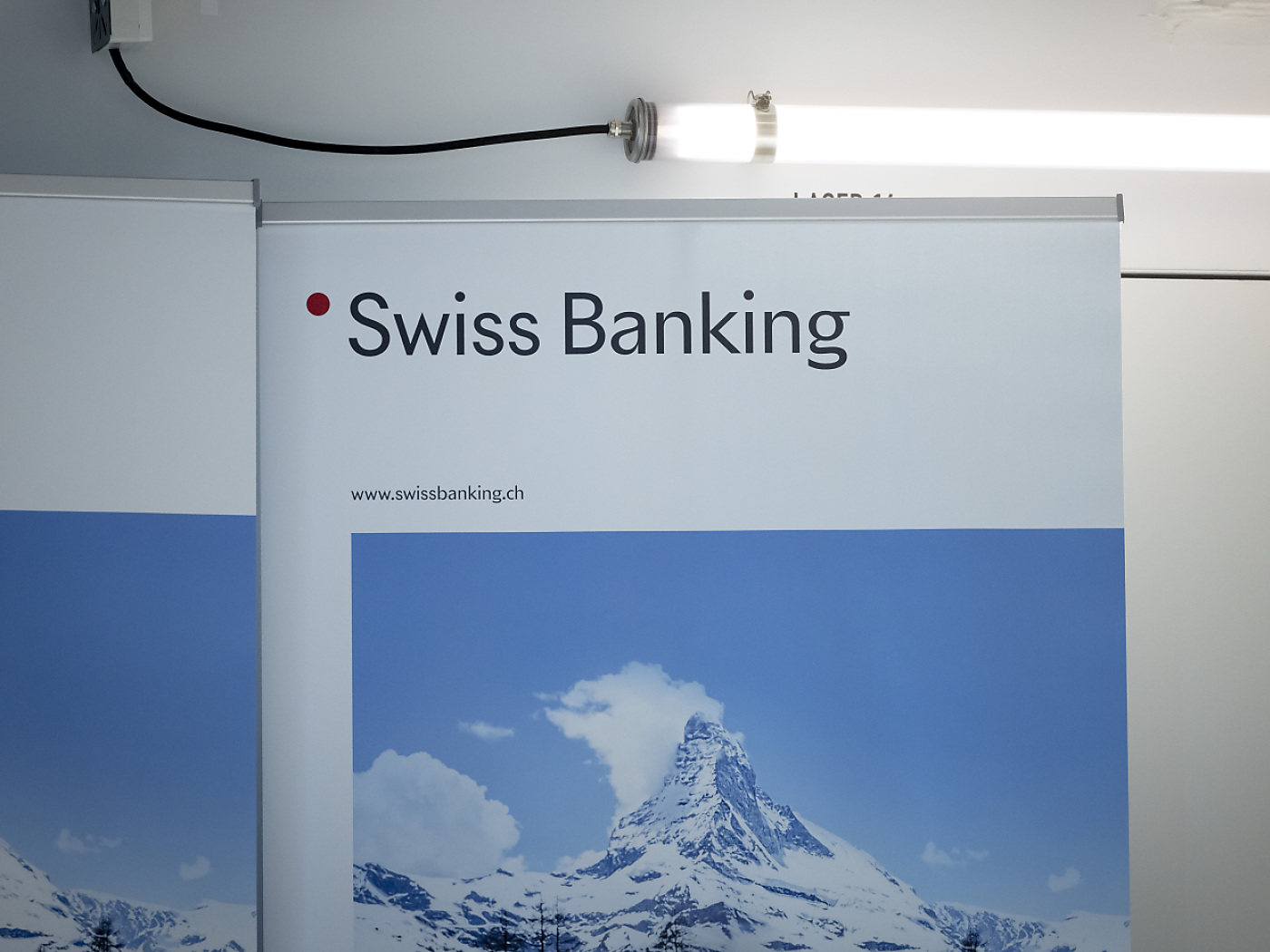Overview: Seeing the drama he inspired on Tuesday, the Fed chair tried soft-pedaling the idea that he was signaling a 50 bp hike in March. The market did not buy it. And the odds, discounted by the Fed funds futures rose a little above 70% from about 62% at Tuesday's close. The two-year note yield solidified its foothold above the 5% mark. With the Bank of Canada confirming its pause, the Reserve Bank of Australia does not seem that far behind, and even the Bank of England Governor Baily has recently pushed against the aggressive market pricing, saying that the central bank has moved away from the "presumption" that more rate hikes are needed. The dollar remains firm but mostly consolidating today, ahead of tomorrow's employment report. Some position adjusting ahead of the conclusion of the BOJ's meeting is lifting the yen today, which is the best performing G10 currency, gaining about 0.85%.
The US 10-year yield is little changed, slightly below 4% today, while European benchmark yields are mostly 3-4 bp higher. Asia Pacific equity markets were mixed, with Japan and Australia rising and China, Hong Kong, South Korea, Taiwan, and India falling. Europe's Stoxx 600 is off 0.6% to nearly double this loss. US index futures are trading softer. With the greenback and US rates consolidating, gold is finding a reprieve after falling from around $1858 on Monday to a little below $1810 yesterday. April WTI is stuck in a tight range a little above yesterday's low (~$76.10). Lastly, we note that there is much talk about the tax hikes that will be in President Biden's budget proposals. We suggest, given the configuration of Congress that is more about political messaging, perhaps ahead of a formal declaration that he will seek re-election than the actual budget that will be eventually passed.
Asia Pacific
China reported February consumer and producer prices, and both were weaker than expected. The end of the Lunar New Year holiday saw food, transportation, and recreation prices moderate, and the year-over-year rate of CPI slow to 1.0% from 2.1% in January. Food price inflation slowed to 2.6% year-over-year from 6.2% in January. Core inflation, excluding food and energy slowed to 0.6% from 1.0%. The new forecast/targets announced at the start of this week's National People's Congress has CPI rising to 3% this year. The market (median forecast in Bloomberg's survey) was at 2.4%. Producer prices fell 1.4% year-over-year, a larger decline than expected after a -0.8% pace in January. It was fifth consecutive monthly decline.
Even with fiscal and monetary stimulus, the Japanese economy continues to struggle and that constrains the policy options of the new leadership at the central bank. Growth in Q4 was revised from 0.2% quarter-over-quarter to flat. The revision is owed to weaker private consumption (0.3% rather than 0.5%). Net exports blunted some of the impact and was revised to 0.4% boost to GDP from 0.3%. Separately, the weekly Ministry of Finance report on portfolio flows shows that Japanese investors turned sellers of global bonds last week for the first time since the end of January. In the first nine weeks of the year, Japanese investors have bought JPY5.35 trillion or about $39.6 bln of foreign bonds. In the first nine weeks of 2022, Japanese investors sold around JPY1.66 trillion foreign bonds.
Softer US rates and some anxiety over the conclusion of the Bank of Japan meeting tomorrow has seen the yen strengthen. The US dollar is pulling back from the three-month high set yesterday near JPY137.90 yesterday to almost JPY136.10 today. The week's low was set Monday slightly above JPY135.35. Large options set to expire today at JPY137 (~$1.4 bln) and JPY136.50 (~$1.05 bln) may have added fuel to the pullback. Options for $2.6 bln expire tomorrow at JPY136.00. Ahead of the BOJ meeting and the US employment data, a few hours later tomorrow, overnight yen volatility has spiked to over 41% from around 11.25% late yesterday. The Australian dollar is consolidating losses that took it to a new low since last November (~$0.6570) yesterday. It is inside yesterday's range and needs to rise above the high (~$0.6630) to lift the tone. It seems likely to spend the North American session consolidating. The dollar is also confined to a narrow range inside yesterday's price action against the Chinese yuan. The PBOC set the dollar's reference rate tightly against expectations, unlikely yesterday, when it was set notably weaker. The fix was at CNY6.9666, which is the strongest of the year, while the median in Bloomberg's survey was for CNY6.9667.
Europe
There is a light European economic calendar today. The next big event is the ECB meeting on March 16, where the staff will also update the economic forecasts. It we take a step back; we note that Germany's 10-year yield rose from around 2% in mid-January to 2.77% last week. The 10-year breakeven (the difference between the inflation-linked and conventional yields) also widened from about 2% to a little above 2.65% last week. However, it has collapsed to almost 2.40% and is near 2.44% now. That is to say that most of the rise in the nominal yield can be explained by an increase in the market-measure of inflation expectations. The higher-for-longer on rates, and the overnight index swaps show a 4.07% policy rate in October, a 70 bp increase since the end of January, seems to be souring the economic outlook. While the inversion of the US 2-10 curve draws much attention, the German curve is also inverted. At nearly 70 bp, the inversion is the most in more than 30 years and is nearly twice as inverted as it was at the end of January.
Sweden's economy unexpected grew and grew strongly in January. The 2.0% monthly GDP gain contrasts with the median forecast in Bloomberg's survey for a 0.1% contraction. Household consumption rose by 0.5% (as much as it declined in December), and private sector production and services expanded strongly. The one source of weakness in today's reports was the 20.2% drop in industrial orders, which tends to be a volatile series. It had gains 23.3% in December.
The euro is confined to a narrow range between about $1.0540 and $1.0570. There are options for almost 1.8 bln euros at $1.06 that expire today and 1.2 bln euros that expire there tomorrow. The near-term risk still seems to be on the downside and the 1.3 bln euros in options that expire tomorrow at $1.05 may still draw the price action. Yesterday's low was near $1.0525. The UK reports January GDP figures tomorrow and a small gain is expected after the 0.5% contraction in December. The British Chamber of Commerce became the latest to signal that the UK may avoid a recession. Sterling approached $1.18 yesterday and has recovered to almost $1.1890 today. The 200-day moving average is slightly above $1.19. There are options for almost GBP620 mln that expire there tomorrow.
America
Since Monday, the odds of a 50 bp hike by the Fed on March 22 has risen from about a 25% chance to around a 70% chance. This seems excessive, but arguably prudent ahead of tomorrow's jobs report. The terminal rate expectation has risen to 5.65%, up nearly 20 bp since Monday's settlement, and reflects a recognition of the increased risk of a 5.75% peak. The Beige Book, prepared for the upcoming FOMC meeting, was mixed. While it noted inflation pressures remained widespread, price increases moderated in many districts and prices are expected to continue to moderate. At the same time, growth was said to have accelerated slightly at the start of the year, but the pace in Q3 22 and Q4 22 were already above the Fed's long-term non-inflationary pace. Labor market conditions were "solid," though few districts reported businesses were becoming less flexible with some reduction of remote work options. That seems to be consistent with some easing of the tightness and several districts cited the lack of available childcare impeding work force participation. Some districts report easing of wage pressures, and this was seen as a trend in the coming months.
As widely expected, the Bank of Canada stood pat, leaving the overnight target rate at 4.5%. Amid the more general theme of "higher for longer" the Canadian dollar was punished for the less aggressive posture and the Canadian dollar was the weakest of the G10 currencies, losing about 0.25% to fall to new four-month lows. The central bank's statement recognized the tightness of the labor market, and the need for inflation expectation to ease some more, but concluded that on balance the economy is evolving as expected. That includes CPI still falling to around 3% by midyear. It was at 5.9% in January, though the core measures were closer to 5%.
The Bank of Canada is putting emphasis on the cumulative effect of the tightening and the weaker growth to drive down inflation. Still, the market is doubtful that the pause is the peak. The swaps market is pricing about a 25% chance of a hike at next meeting on April 12, down a little bit from Tuesday. However, it is completed discounted by the July 12 meeting, slightly more confident than earlier in the week. That said, the market is still in flux and tomorrow's jobs report is an important data point, though the Bank of Canada will see the March figures (due April 6) before it meets, as well as the February CPI (March 21). In addition, the Bank of Canada may feel less comfortable if the policy rate with the Fed exceeds 100 bp.
Mexico reports February CPI today. It is expected to have slowed to 8.35% on the headline (from 8.45%) and 7.68% at the core level (from 7.91%). Headline CPI peaked slightly above 8.50% last November. The core rate peaked last August and September at 8.70%. The stickiness of price pressures spurred the central bank to lift the overnight target rate by 50 bp at its February 9 meeting. Most had expected a quarter-point move. Banxico meets on March 30 and the risk of another 50 bp hike has increased primarily because of the shift in Fed expectations. The median forecast in Bloomberg's survey sees inflation ending the year around 5.8%.
The US dollar marginally extended yesterday's gains against the Canadian dollar to a little through CAD1.3815 before coming back offered in the European morning and trading to almost CAD1.3790. It is consolidating in a narrow range just inside the upper Bollinger Band (~CAD1.3825). A break of the CAD1.3750 is needed to help stabilize the technical tone. That seems unlikely ahead of tomorrow's jobs reports. Fed Chair Powell's initial comments on Tuesday saw the greenback spike up to almost MXN18.18. However, this was greeted with fresh dollar sales and peso purchases. The dollar recorded a marginally new five-year low today near MXN17.90. It is difficult to talk about meaningful support, but the next important chart area is near MXN17.50. The lower Bollinger Band is near MXN17.85 today.
Full story here Are you the author? Previous post See more for Next post
Tags: #USD,Bank of Canada,China,Currency Movement,Featured,Germany,inflation,Japan,Mexico,newsletter



















